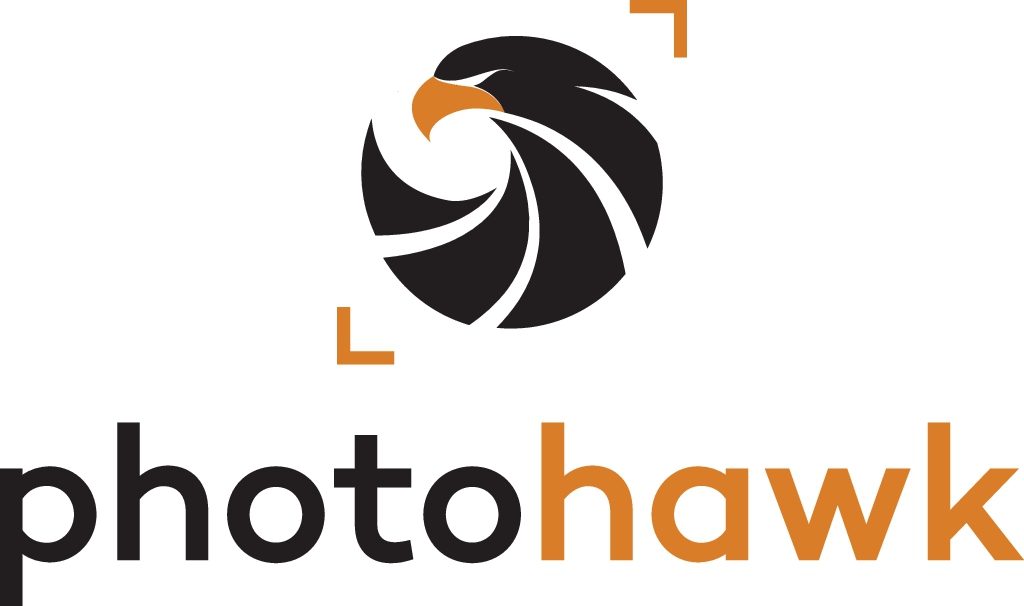How Bib Tagging Improves the Photo Search Experience for Sporting Event Participants
Whether it's a marathon, a triathlon, or a cycling race, capturing memories of an athlete’s performance is a cherished part of the experience. After putting in months of training and effort, participants want to relive those moments through event photography. However, finding their photos from a sea of images can often be a tedious and time-consuming process. This is where bib tagging comes to the rescue, revolutionizing how athletes can locate their photos quickly and efficiently.
In this blog post, we will explore how bib tagging works, its benefits, and how it enhances the overall photo search experience for participants.
What is Bib Tagging?
Bib tagging refers to the process of associating an athlete's race bib number with photos taken during an event. Photographers stationed along the race route capture thousands of images, but without a system to organize them, participants would have to manually sift through hundreds of photos to find themselves.
With bib tagging, each photo is tagged with the participant’s bib number based on their visible race bib. Later, athletes can simply search using their unique bib number to find all the photos in which they appear. This tagging can be done manually, but more commonly, automated systems powered by machine learning or optical character recognition (OCR) detect the bib numbers in images and tag them accordingly.
How Bib Tagging Enhances the Photo Search Experience
Fast and Accurate Photo Retrieval
Traditionally, after an event, participants would scroll through albums filled with thousands of images, hoping to spot themselves. This manual search could take hours. With bib tagging, the process becomes streamlined. Participants simply enter their bib number on the event's photo platform, and all photos where they appear are instantly retrieved. This not only saves time but also ensures a more enjoyable experience.
Personalized Memories
Bib tagging allows participants to quickly access photos that are unique to them. Whether it's a snapshot of them crossing the finish line, a mid-race action shot, or an image of them celebrating with friends, bib tagging ensures they get personalized memories. Athletes no longer have to comb through group photos or search for moments where they are just a blur in the background.
Enhanced Accuracy with Technology
Thanks to advancements in technology, especially AI-driven image recognition, bib tagging systems are more accurate than ever before. OCR technology automatically identifies the race bib number from the images, ensuring that the right athlete is tagged. This drastically reduces the chances of misidentification, giving participants confidence that they are getting their photos and not someone else’s.
Multiple Photo Angles and Locations
During large sporting events, photographers are placed at various points along the course. With bib tagging, participants can access photos taken at multiple locations—whether it's at the starting line, midway through the race, or at the finish. This adds to the variety of memories available, allowing them to relive their journey from different perspectives.
Inclusive of Group and Team Photos
Bib tagging isn’t just limited to individual photos. For events where athletes participate as a team or with friends, bib tagging can be used to find group images as well. When multiple participants are in the same photo, the system tags each athlete's bib number, allowing all individuals in the photo to find it in their search results.
Improved Event Photography for Organizers
Event organizers benefit from bib tagging too. Not only does it enhance the participant experience, but it also helps organizers offer better photo packages. By making it easy for participants to find their photos, they increase the likelihood of athletes purchasing those images, which can serve as a source of revenue for event organizers.
The Future of Bib Tagging and Event Photography
As technology continues to evolve, the process of bib tagging will only become more advanced and efficient. With the integration of facial recognition, event photographers are even able to tag athletes in cases where their bib numbers are obscured or not visible. Additionally, mobile apps and wearable technology could make photo searches even more seamless, with participants receiving notifications as soon as their photos are uploaded.
Organizers may also offer real-time photo tagging during the event, allowing participants to share their memories on social media platforms instantly. This combination of bib tagging and instant digital access can enhance the post-race experience even further.
Final Thoughts
Bib tagging is a game-changer for sporting event participants, offering a fast, accurate, and enjoyable way to find personal photos from their big day. By using automated technology to identify bib numbers and tag photos accordingly, participants no longer have to spend hours sorting through generic images. Instead, they can quickly locate personalized memories that capture their performance, emotions, and achievements. For athletes, this process transforms event photography from a tedious task into a seamless and rewarding experience.
So next time you pin on your race bib, know that it’s not just tracking your time—it’s also helping you relive your race through photos!
Would you like to try bib tagging for yourself?
Get started by selecting a pricing plan and signing up
Sign up today
People also read
Here's similar stories that people also read
